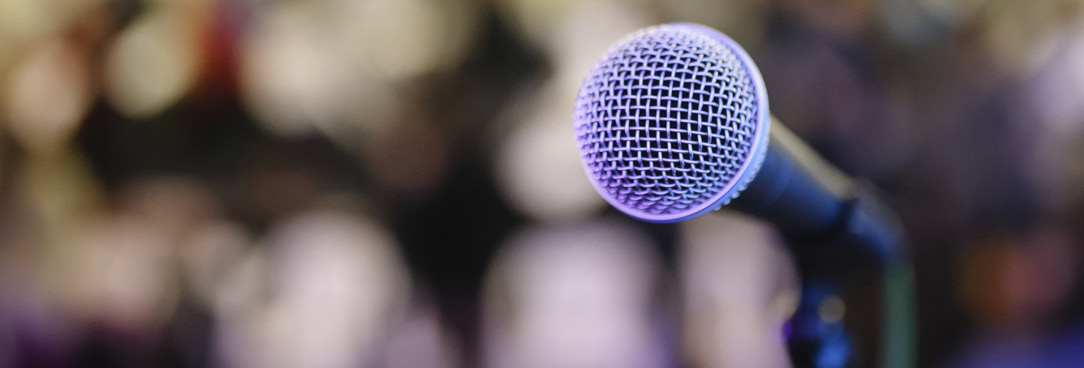
Author: Public Record Office Victoria
Hanifa Deen explored the wonderful world of archives and found an Alladin's cave of treasures and secrets for her new book Ali Abdul v The King: Muslim stories from the dark days of White Australia. In this extract, she reveals that Muslims have been coming to Australia since the eighteenth century.
Muslim fishermen and traders first came to our shores in the eighteenth century, or even earlier, from the eastern islands of modern Indonesia. They sailed their prahus along our north and north-western coast fishing for trepang and trading for pearls and pearl shell with the Aborigines – a cross-cultural interaction that carried on for more than three centuries. Over time, the fishermen from Macassar in southern Sulawesi left behind traces of their language in the vocabularies of local tribes near Darwin and further south along the coastline. Later, British expeditions in the nineteenth century noted another legacy in certain physical features denoting mixed descendants of the Macassans and local Aboriginal tribes. With European colonisation, the free and easy ways of the trepang trade was bound to change. The imposition of customs dues, jealousy over the trepang trade, and anti-Asian attitudes after 1901 gradually severed the old historical links. The Indonesians and Malays came and went like the winds that assisted their canoes and trawlers. It was not until the mid nineteenth century that a new breed of Muslim was drawn to our shores – in many ways as stubborn as the camels they came to tend. Read more in Hanifa Deen's Ali Abdul v The King: Muslim stories from the dark days of White Australia
Material in the Public Record Office Victoria archival collection contains words and descriptions that reflect attitudes and government policies at different times which may be insensitive and upsetting
Aboriginal and Torres Strait Islander Peoples should be aware the collection and website may contain images, voices and names of deceased persons.
PROV provides advice to researchers wishing to access, publish or re-use records about Aboriginal Peoples
